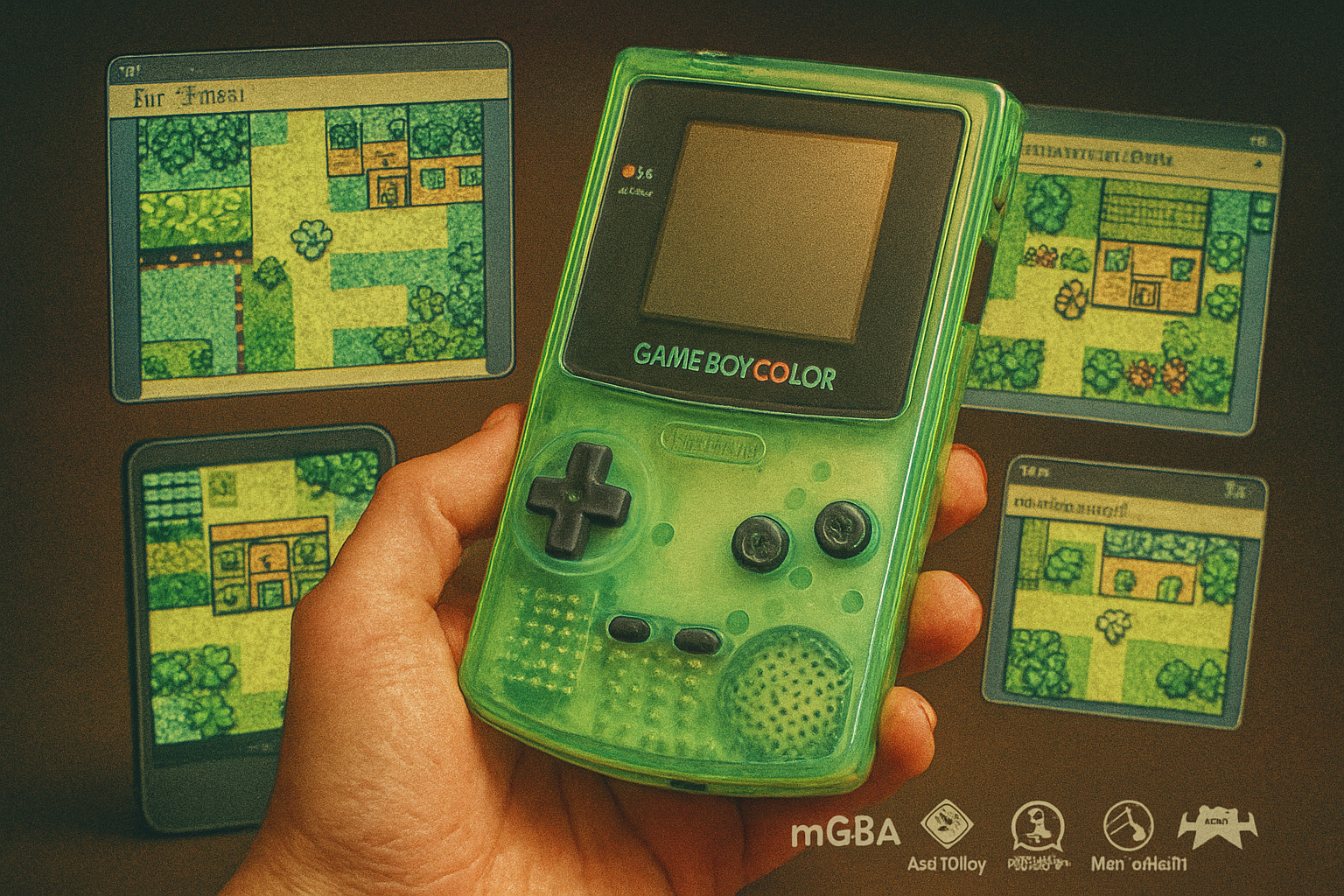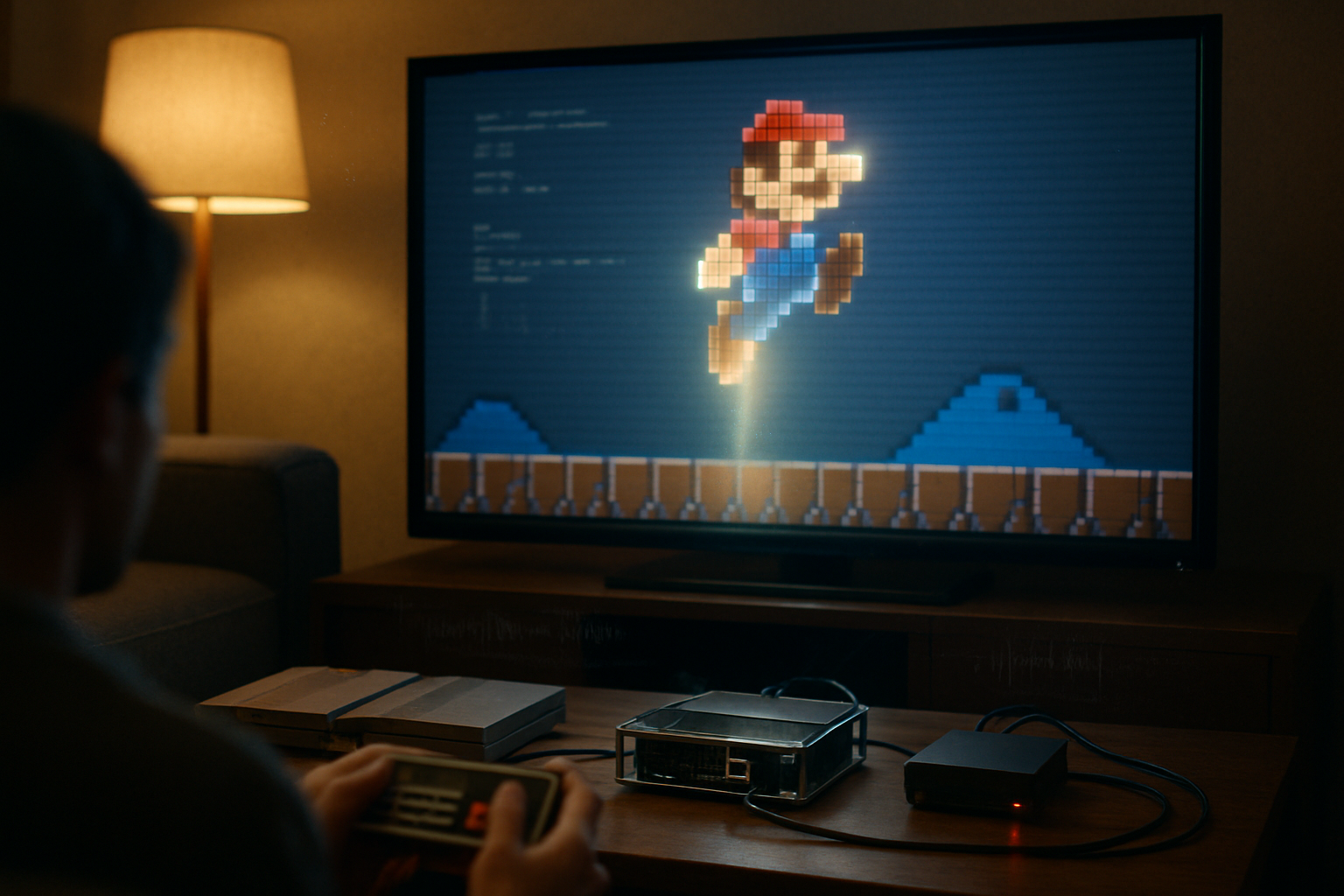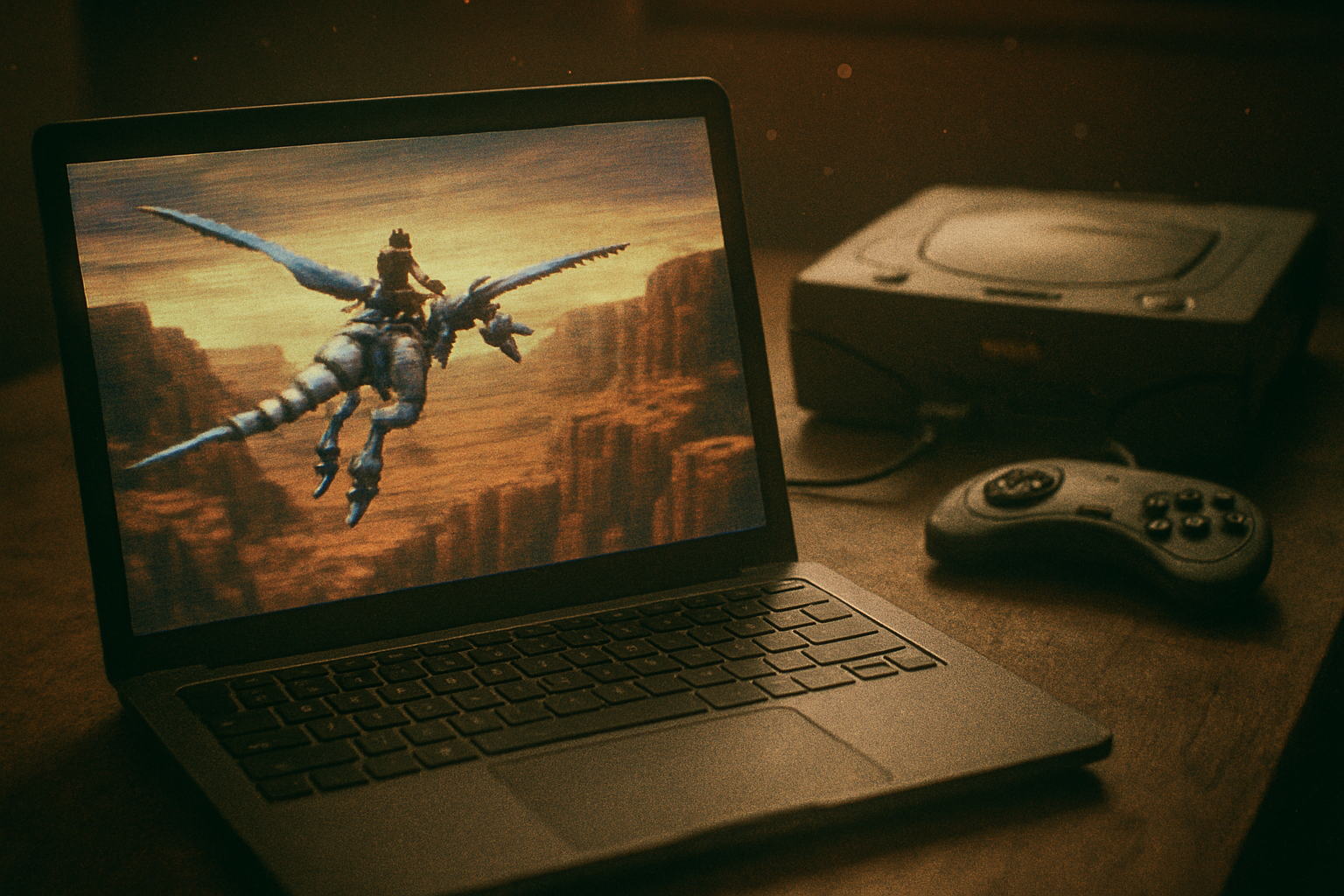· retrogaming · 6 min read
The Ultimate Guide to the Best SNES Emulators in 2023
A practical, no-nonsense guide to the best SNES emulators in 2023 - what they do well, their trade-offs, platform coverage, and which one you should pick depending on whether you crave accuracy, convenience, or mobile play.

I cheated on a cartridge once. Not in the romantic sense - I blew on it like a surgeon with butterfingers, slapped it into the console, and watched it work. Two decades later, I booted the same game on a modern laptop and wondered why my childhood memory felt sharper, faster, and somehow smugger.
Emulators did that. They’ve kept the Super Nintendo alive by improving load times, adding save states, and letting you smack in a color filter that turns pixels into stained glass. But not all emulators are created equal. Some aim for museum-quality preservation; others want you to play without thinking. This guide walks through the best SNES emulators in 2023, why each matters, and which one you should choose depending on whether you worship accuracy, convenience, or portability.
Quick TL;DR
- For purists who want near-perfect hardware-level accuracy - higan/bsnes.
- For most users who want great compatibility and performance - Snes9x.
- For multi-system collectors and convenience fans - RetroArch (with Snes9x or bsnes cores).
- For mobile play - Snes9x EX+ (Android) or SuperRetro16 (Android paid).
- Avoid ZSNES for modern use - it’s ancient, insecure, and inaccurate.
How to judge an emulator: the criteria that matter
Think of emulators like lenses. Some lenses try to be invisible and perfect replicas; others add features to make the picture prettier. Use these criteria to judge any emulator:
- Accuracy - Does it reproduce hardware behavior (timing, audio, edge cases)? Critical for preservation and for games that exploit hardware quirks.
- Compatibility - Will your ROMs boot without fuss?
- Performance - How demanding is it on CPU/GPU? Important for low-power devices.
- Features - Save states, rewind, shaders, netplay, cheat support, HD-patching.
- Usability - Easy configuration, controller support, and UI.
- Platform support - Windows, macOS, Linux, Android, iOS, consoles.
With those in mind, let’s meet the contenders.
1) higan / bsnes - the accuracy fetishist
- What it is - A cycle-accurate SNES emulator (and more) created by Near (formerly byuu). The modern project is hosted at higan.dev.
- Best for - Researchers, preservationists, ROM-hackers, and anyone who cannot abide incorrect sound or timing.
- Pros:
- Extremely accurate; reproduces hardware behavior closely.
- Excellent audio timing and cycle-accurate PPU behavior.
- Good for debugging and validating ROM behavior.
- Cons:
- Heavy on CPU - not ideal for weak phones or old laptops.
- Fewer niceties in some builds compared with user-focused emulators.
If SNES emulation were classical music, higan would be the historically informed orchestra that refuses to use a modern baton.
Learn more: https://higan.dev/
2) Snes9x - the practical workhorse
- What it is - A long-running, well-supported SNES emulator aimed at speed and compatibility. Official site: snes9x.com.
- Best for - Most players who want high compatibility, decent accuracy, and low system requirements.
- Pros:
- Fast and lightweight.
- Excellent compatibility with the SNES library.
- Features - save states, cheat support, netplay (in some builds), rewind in forks.
- Cons:
- Not cycle-accurate - tiny edge cases may behave differently than on real hardware.
Snes9x is the reliable workhorse - the dependable sedan of emulation: gets you to the boss fight without drama.
Official: https://www.snes9x.com/
3) RetroArch (with libretro SNES cores) - the Swiss Army knife
- What it is - A frontend and framework that runs “cores” (emulator engines). For SNES you can choose Snes9x, bsnes, and others as cores.
- Best for - People who want a single interface for many systems, shaders, netplay, and rewinding.
- Pros:
- Massive feature set - shaders, recordings, rewind, netplay, overlays.
- Cross-platform - Windows, macOS, Linux, Android, iOS, consoles.
- Easy to switch cores for different trade-offs.
- Cons:
- UI can be intimidating and cluttered for newcomers.
- Core quality varies - pick the right core for your needs.
RetroArch is less a single emulator and more a toolbox. Use it if you like one interface to rule all your retro emulation.
Official: https://www.retroarch.com/
4) Mobile options: Snes9x EX+ and SuperRetro16
- Snes9x EX+ (Android) - A popular open-source port of Snes9x optimized for mobile. Solid performance on many devices. (
- SuperRetro16 (Android, paid) - Polished UI, good performance, controller support, and active updates. Great if you prefer a polished app store experience.
Mobile emulation is often a series of compromises - but on a modern phone, SNES runs very well if you pick a well-optimized build.
Snes9x EX+: https://github.com/nikita36078/Snes9x EX+
SuperRetro16 (Play Store): https://play.google.com/store/apps/details?id=com.hunterkorn.superretro16
5) ZSNES - historically important, practically retired
ZSNES was once ubiquitous, fast on 1990s hardware, and simple. But it is outdated, has emulation inaccuracies, and known security issues. Use it only for nostalgia or historical interest, not for serious play.
Reference: https://en.wikipedia.org/wiki/ZSNES
Features worth chasing (and how they change the experience)
- Shaders & CRT filters - Turn sharp pixels into warm, curved CRT illusions. RetroArch and many desktop builds support shader packs (CRT-Geom, CRT-Royale, xBR).
- Rewind - A lifesaver for repeated boss mistakes. RetroArch and some Snes9x builds include it.
- Netplay - Play with friends online. RetroArch provides a robust netplay experience if you choose the right core.
- Save states + save merging - Save anywhere; some clients autosave into real SRAM files for compatibility with real hardware save behaviors.
- IPS/UPS patching & HD packs - Tools like Lunar IPS let you apply translations/HD patches. Not all emulators handle HD packs the same way; read the patch instructions.
Setup tips: avoid the most common mistakes
- Don’t use fast-forward as a controller - it skews timing-sensitive games.
- Disable frame skipping unless absolutely necessary; modern shaders and vsync produce better results.
- Use a USB or Bluetooth controller for authentic input; map buttons conservatively and test latency.
- On Windows, use low-latency audio backends (WASAPI/ASIO) when available.
- For netplay, match core versions and settings with your friends - mismatched cores = desync.
Legality & ethics (the boring but necessary paragraph)
Emulation itself is legal. Distributing copyrighted ROMs without permission is usually illegal in most jurisdictions. If you own a physical cartridge, legal status of copying it varies by country. For an accessible primer on ROM image legal issues, see the public overview on Wikipedia.
Recommendations - pick your emulator
- If you want museum-quality accuracy and don’t mind heavy CPU use - higan/bsnes.
- If you want an easy, fast, and reliable experience on modest hardware - Snes9x.
- If you want all your retro consoles in one place with shaders, netplay, and rewinding - RetroArch + choose your SNES core.
- If you live on your phone - Snes9x EX+ or SuperRetro16.
- If you find a ZSNES download on a dodgy website - don’t.
Final verdict
There’s a perverse elegance in watching something built for a 1990s chip run more perfectly on a 2023 laptop than it ever did on launch-day hardware. Emulators are acts of preservation, improvement, and, sometimes, playful deception. Pick an emulator that matches how you want to experience the SNES: slavish fidelity (higan), low-effort fun (Snes9x), or the Swiss-army convenience of RetroArch.
Above all, treat ROMs and software with the legal and ethical care any antique deserves, and don’t forget - blowing on a cartridge may be nonsense, but it’s also a ritual worth smiling about.
References and further reading
- higan (bsnes) - https://higan.dev/
- Snes9x - https://www.snes9x.com/
- RetroArch - https://www.retroarch.com/
- Snes9x EX+ (Android) - https://github.com/nikita36078/Snes9x EX+
- SuperRetro16 (Android) - https://play.google.com/store/apps/details?id=com.hunterkorn.superretro16
- ZSNES (history) - https://en.wikipedia.org/wiki/ZSNES



